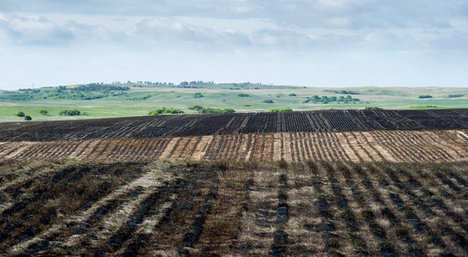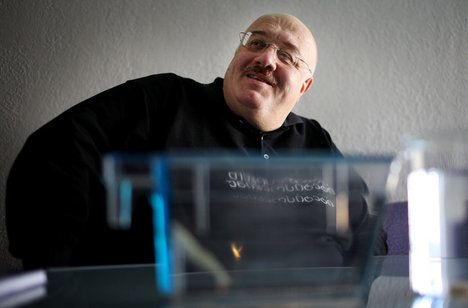(p. 142) An availability cascade is a self-sustaining chain of events, which may start from media reports of a relatively minor event and lead up to public panic and large-scale government action. On some occasions, a media story about a risk catches the attention of a segment of the public, which becomes aroused and worried. This emotional reaction becomes a story in itself, prompting additional coverage in the media, which in turn produces greater concern and involvement. The cycle is sometimes sped along deliberately by “availability entrepreneurs,” individuals or organizations who work to ensure a continuous flow of worrying news. The danger is increasingly exaggerated as the media compete for attention-grabbing headlines. Scientists and others who try to dampen the increasing fear and revulsion attract little attention, most of it hostile: anyone who claims that the danger is overstated is suspected of association with a “heinous cover-up.” The issue becomes politically important because it is on everyone’s mind, and the response of the political system is guided by the intensity of public sentiment. The availability cascade has now reset priorities. Other risks, and other ways that resources could he applied for the public good, all have faded into the background.
Kuran and Sunstein focused on two examples that are still controversial: the Love Canal affair and the so-called Alar scare. In Love Canal, buried toxic waste was exposed during a rainy season in 1979, causing contamination of the water well beyond standard limits, as well as a foul smell. The residents of the community were angry and frightened, and one of them, (p. 143) Lois Gibbs, was particularly active in an attempt to sustain interest in the problem. The availability cascade unfolded according to the standard script. At its peak there were daily stories about Love Canal, scientists attempting to claim that the dangers were overstated were ignored or shouted down, ABC News aired a program titled The Killing Ground, and empty baby-size coffins were paraded in front of the legislature. A large number of residents were relocated at government expense, and the control of toxic waste became the major environmental issue of the 1980s. The legislation that mandated the cleanup of toxic sites, called CERCLA, established a Superfund and is considered a significant achievement of environmental legislation. It was also expensive, and some have claimed that the same amount of money could have saved many more lives if it had been directed to other priorities. Opinions about what actually happened at Love Canal are still sharply divided, and claims of actual damage to health appear not to have been substantiated. Kuran and Sunstein wrote up the Love Canal story almost as a pseudo-event, while on the other side of the debate, environmentalists still speak of the “Love Canal disaster.”
Source:
Kahneman, Daniel. Thinking, Fast and Slow. New York: Farrar, Straus and Giroux, 2011.
(Note: italics in original.)






